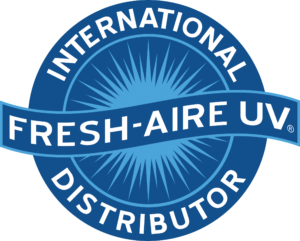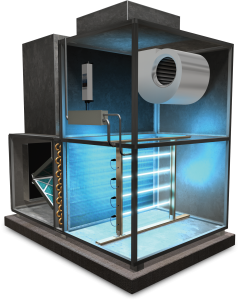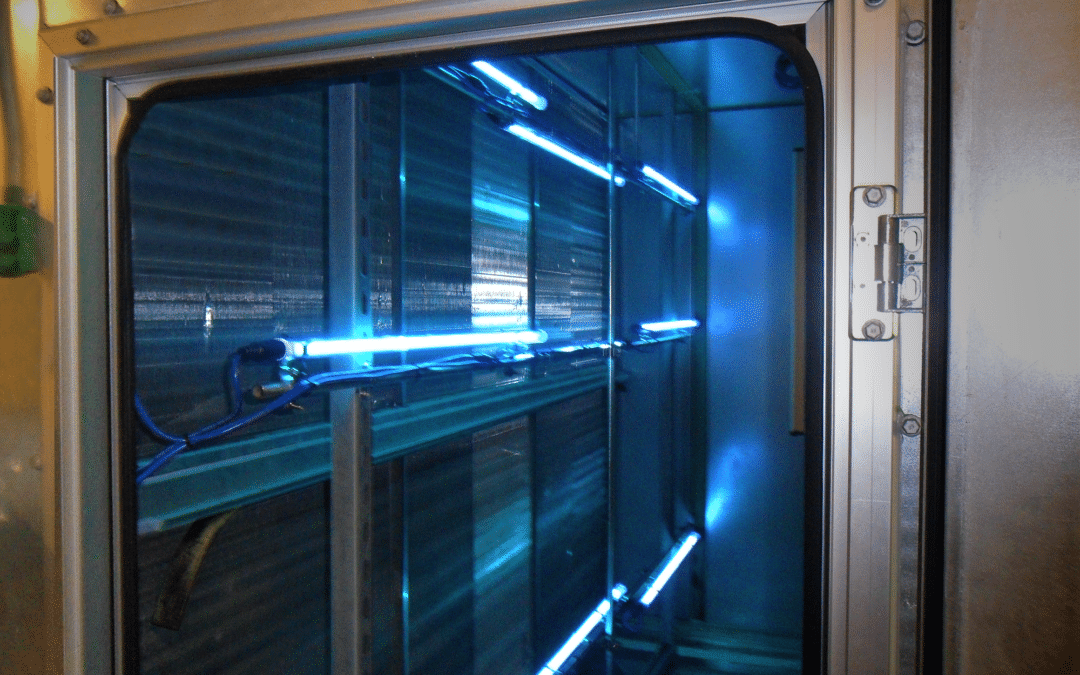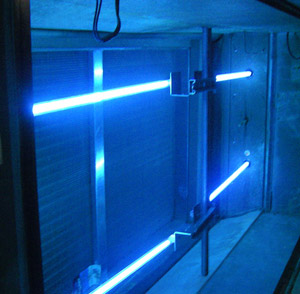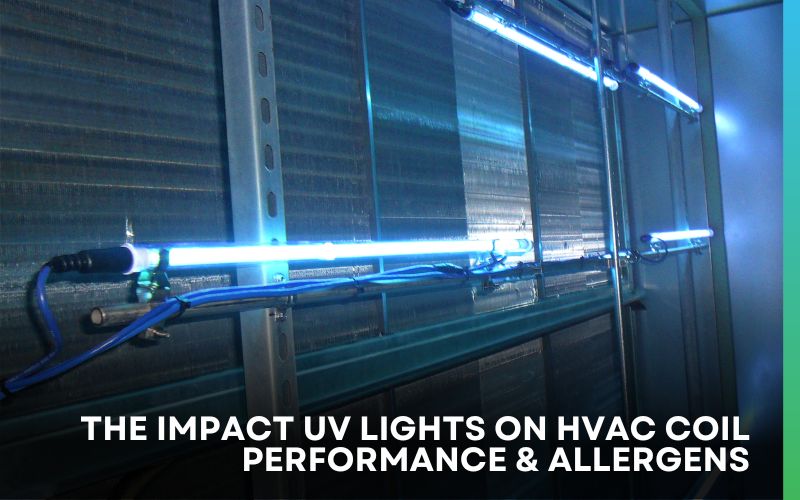
The Impact of Commercial UV Lights on HVAC Coil Performance & Allergens
The Impact Commercial UV Lights on HVAC Coil Performance & Allergens
As we bid farewell to the winter cold and welcome the refreshing springtime, it’s essential to ensure our facilities are prepared for the change in seasons. The performance of HVAC coils and their impact on allergies is a critical aspect that often goes unnoticed. This post will shed light on how UVGI lights can be used in a building’s HVAC system to help maintain coil efficiency and how it can significantly reduce allergy triggers.
Understanding Coils in HVAC Systems
Coils play a pivotal role in HVAC systems, acting as a conduit for heat transfer. They are responsible for cooling your indoor air in the summer and heating it in the winter, ultimately controlling your facility’s comfort level. However, over time, these coils can accumulate dust and other airborne particles, which not only affect the HVAC system’s performance but can also negatively impact indoor air quality.
The Connection Between Coil Performance and Allergies
Airborne particles trapped in dirty or inefficient coils can circulate through your facility, leading to poor indoor air quality. As springtime brings an increase in allergens, such as pollen and mold spores, the situation can quickly escalate, exacerbating allergy symptoms for those within your facility. Maintaining clean, efficient coils is crucial in ensuring healthy indoor air quality.
Commercial UV Lights Improve Coil Performance and Reduce Allergens
That’s where Ultraviolet Germicidal Irradiation (UVGI), specifically UV-C light, comes into play. This technology, recognized by industry authorities such as ASHRAE and the CDC, eliminates these microscopic troublemakers right at the source using UV-C wavelengths.
So, what makes UV-C light so special? Well, it’s a germ-busting powerhouse! UV-C light can penetrate the cells of microbes like viruses, bacteria, and mold, altering them so they can’t reproduce and spread. This means it can help improve the air quality in your building by eliminating these harmful contaminants. Plus, it also helps increase the efficiency of your HVAC system by keeping coils clean and preventing microbial growth. This translates to lower maintenance costs and higher performance.
Tips to Improve Coil Performance
Maintaining coil performance isn’t as daunting as it might seem. Here are a few tips to help you tackle this task:
- Regular Maintenance: Schedule regular professional cleanings to prevent dust and particle buildup on the coils.
- Upgrade Your System: Consider incorporating advanced technology like UV light disinfection, such as the Fresh-Aire UV Commercial Core System. This system sterilizes airborne viruses, bacteria, and allergens, improving indoor air quality and enhancing HVAC efficiency.
- Monitor Coil Performance: Keep a close eye on your HVAC system’s efficiency. A sudden spike in energy costs could indicate dirty coils.
Investing in UVGI: A Win for Allergy Sufferers and Coil Efficiency
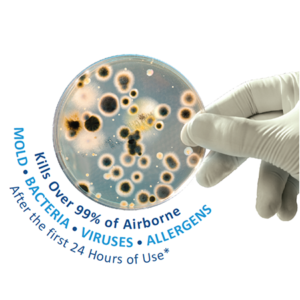 In conclusion, UV-C light technology is not just a trend; it’s a game-changer in the HVAC industry. The benefits of UV-C light go beyond just improving coil performance and indoor air quality. It also significantly reduces energy consumption and maintenance costs, extends equipment lifespan, and provides continuous protection against biological contamination.
In conclusion, UV-C light technology is not just a trend; it’s a game-changer in the HVAC industry. The benefits of UV-C light go beyond just improving coil performance and indoor air quality. It also significantly reduces energy consumption and maintenance costs, extends equipment lifespan, and provides continuous protection against biological contamination.
For those looking to elevate their facility’s HVAC system, Fresh-Aire UV offers a range of commercial products that can be tailored to your specific needs. Their systems meet LEED accreditation standards, ensuring you’re making an environmentally conscious choice. Not only do they offer solutions for healthier air, but they also contribute to a healthier planet.
With a reputable track record endorsed by ASHRAE, NAFA, and the US General Services Administration (GSA), Fresh-Aire UV stands as a beacon of innovation and reliability in the industry (source). As we step into spring, let’s embrace this technology to create healthier, more comfortable spaces for everyone.
Learn More About UVGI
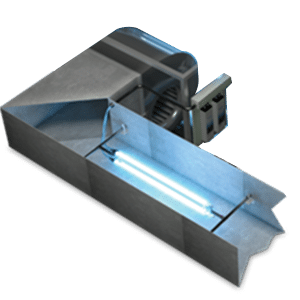 Germicidal UV-C lights can be installed in air handling units, ducts, fan coils, and even be used for in-room disinfection. Because the lights eliminate and prevent microbial growth on coils, the system runs more efficiently. These energy savings can result in a payback period of about a year.
Germicidal UV-C lights can be installed in air handling units, ducts, fan coils, and even be used for in-room disinfection. Because the lights eliminate and prevent microbial growth on coils, the system runs more efficiently. These energy savings can result in a payback period of about a year.


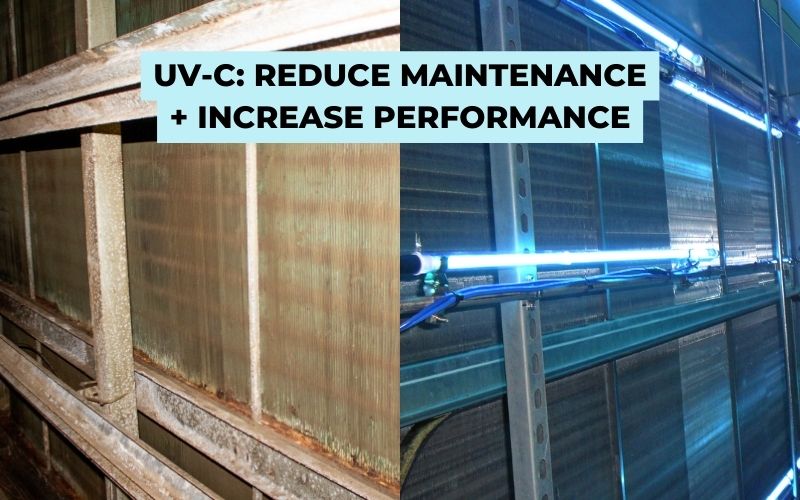

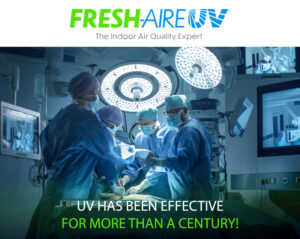
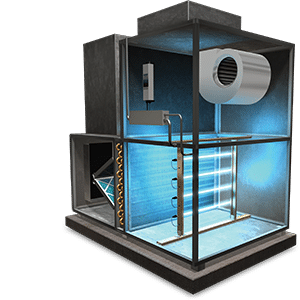

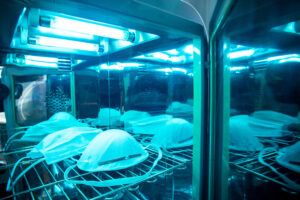

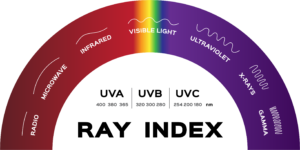 Ultraviolet light, also known as UV light, is a part of the electromagnetic spectrum. There are several types of UV frequencies.
Ultraviolet light, also known as UV light, is a part of the electromagnetic spectrum. There are several types of UV frequencies.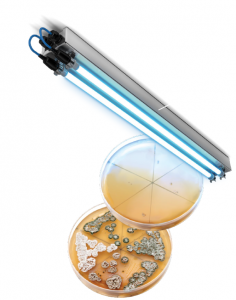 disinfection machine.
disinfection machine. 